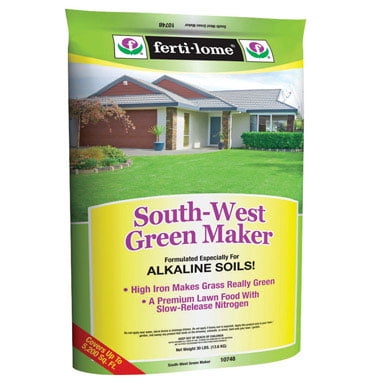
Most chemical fertilizers use potassium in various forms, such as potassium carbonate, potassium nitrate, and potassium sulfate. Potassium is important for regulating photosynthesis, flower development, resistance to heat and cold, the movement of water and nutrients throughout the plant, increases root growth, disease resistance, and makes stronger stems. Soil usually has large amounts of potassium but not in a form that plant roots can absorb, so potash fertilizers are often used in farming. Potassium is a kind of jack-of-all-trades, being important for several plant metabolic processes in plant growth. Potassium, also called potash, is another key nutrient for plants. “Fertilizers with a lower overall NPK are gentler on the soil and your plants.” Potassium (K) Chicken manure has the second highest at 1-0.8-0.4 but requires composting or aging for up to 6 months before it can be applied to the soil safely. Rabbit manure has the highest amount of phosphorus, with an NPK of 2.4-1.4-0.6 and can be immediately added to soil. Other natural phosphorus fertilizers include bone meal (15-22% phosphorus), well-balanced compost, and animal manures. While there are chemical fertilizers with phosphorus in a readily-absorbed state, the main natural source of phosphate is mined rock phosphate. Phosphorus is absorbed in the form of phosphate (PO 4). While not as easy to detect a deficiency, phosphorus is critical for flower, fruit, and seed formation, root development, and disease resistance. Phosphorus is an important component of molecules and enzymes for the growth and health of your plants. Natural nitrogen fertilizers include composted manure, blood meal, used coffee grounds, grass clippings, fertilizer tea made from green plants, and diluted urine. Plants deficient in nitrogen will show yellowing lower leaves while new growth still looks healthy and green. Practically speaking, nitrogen is the most important nutrient for overall plant growth, especially the growth of leaves and stems. Normally, different bacteria in the soil will go through the process of assimilating nitrogen gas, then converting it into nitrate that plants can absorb, which is part of the overall nitrogen cycle.

Instead, nitrogen has to be in the form of nitrate (NO 3). Nitrogen is all around us in the atmosphere as a gas (N 2), but plants can’t absorb nitrogen this way. It also forms the core component of chlorophyll which absorbs energy from the sun in photosynthesis. Nitrogen is an essential component of amino acids, which form the building blocks of proteins. Nitrogen is an essential element of life, including plants. Plants also need other nutrients in smaller amounts, which will be discussed later on. Plants that don’t get enough of these nutrients will suffer severe nutrient deficiencies. Blood meal, the highest source of natural nitrogen, usually has an NPK of around 12-0-0, being 12% nitrogen and having only trace amounts of phosphorus or potassium.

For example, a 10-5-5 fertilizer will have 10% nitrogen, and 5% each of phosphorus and potassium by weight. These numbers you see on fertilizer packaging refer to the percentage by weight of each element.

NPK stands for the chemical symbols of the three main elements plants need to grow: Nitrogen(N), Phosphorus(P), and Potassium(K). How Do I Use NPK Values to Decide What Fertilizer to Use?.


 0 kommentar(er)
0 kommentar(er)
